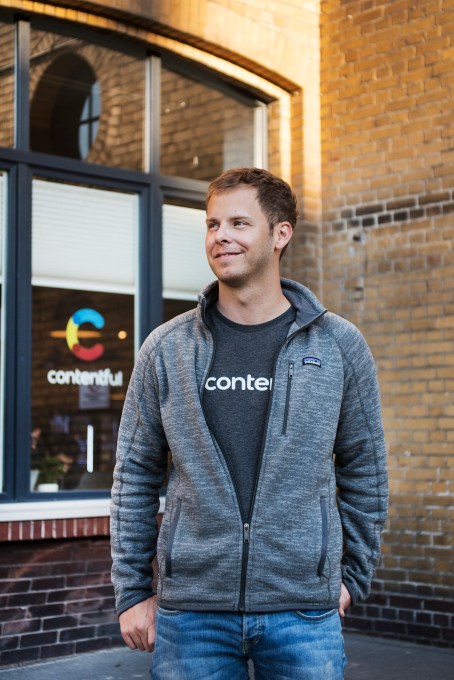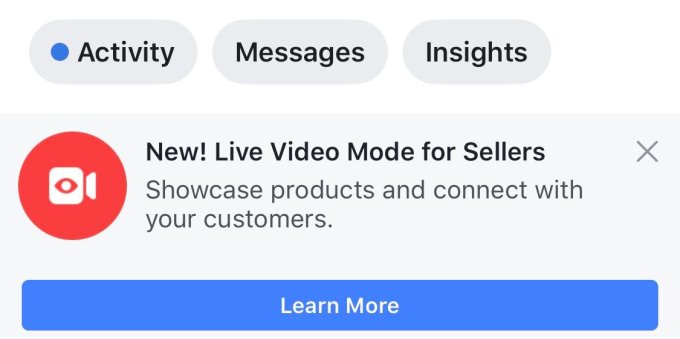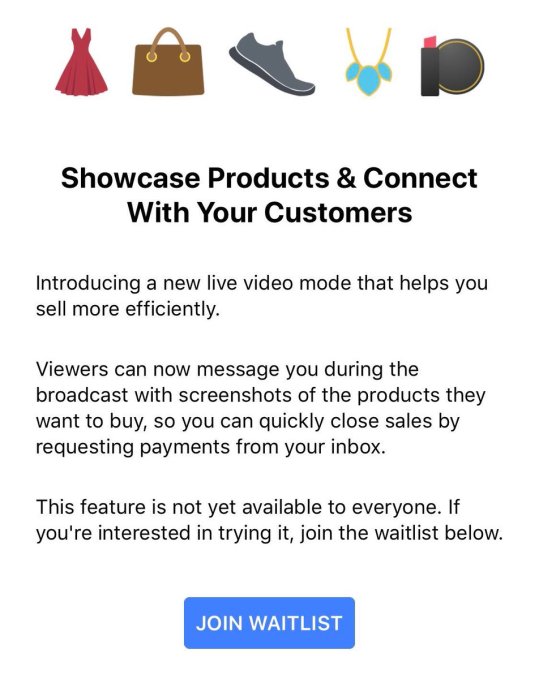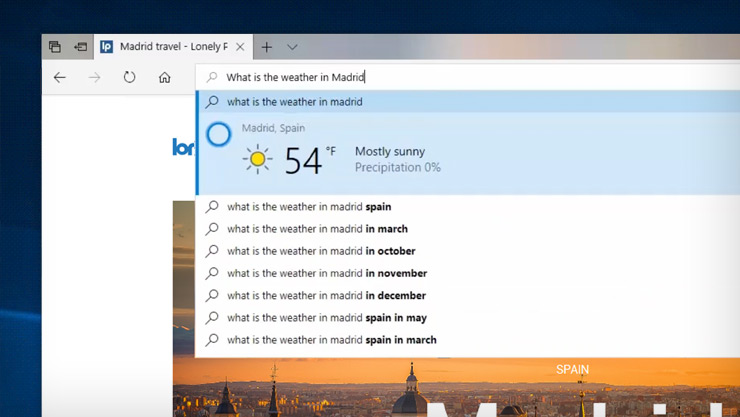Mogu, a Tencent-backed service that offers fashion content and products to young women, has joined a string of Chinese tech companies pressing ahead to sell their shares through initial public offerings in the US before the year-end.
Mogu priced its sale at $14 per share on Wednesday, toward the lower end of a marketed range. That values the unprofitable company at $1.3 billion, a drop from the estimated valuation of $3 billion after Mogujie acquired its chief competitor Meili to form Mogu in 2016.
The firm is poised to raise $66.5 million from the IPO, which will help it fund content and technological development to vie for a piece of China’s $390 billion online fashion market.
While Alibaba has long dominated how people buy clothes online, a few smaller players including Pinduoduo and Mogu have managed to carve out a niche.
According to a September report by mobile analytics firm QuestMobile, Mogu controlled an 8.1 percent penetration rate among ecommerce apps targeting women under 24 years old. Alibaba led the game at 98 percent.
Now a formidable rival, Alibaba has played a key role in Mogu’s early day growth.
Under the giant’s shadow
In 2009, Chen Qi, a former engineer and designer at Alibaba, founded Mogujie — which means “mushroom street” in Chinese — with the aim to create a digital magazine for young women.
The firm’s initial incarnation was a Pinterest -type pinboard that let users share fashion items with links to third-party ecommerce platforms. Back then, a majority of the products on display came from Taobao, Alibaba’s marketplace for small and medium-sized merchants.
“We have to recognize Taobao’s dominance in the retail space. It was inevitable that most of our products came from there,” Chen told TechCrunch.

Chen Qi, co-founder and CEO of Mogu / Credit: Mogu
As such, Mogujie generated a big chunk of its revenues from Taobao’s referral commissions early on.
In return, Alibaba also benefited from the traffic that the social ecommerce startup sent over to Taobao. It came as no surprise when the titan made an investment offer to Mogujie in hope of adding a community component to its ecommerce busienss. But Mogujie rejected the advances.
“Our visions were very different. We wanted to be a fashion destination,” Chen said of Mogujie, which allowed all kinds of retailers to promote as a magazine does.
Alibaba, on the other hand, wanted Mogujie to be a vertical ecommerce service that would focus on attracting merchants, touting things, and locking users in instead of sending them to third-party platforms.
“If our content creators wanted to share something that happened to be from [Alibaba’s] rivals, we would need to stop them. That clearly ran against our value proposition of a fashion destination,” said Chen.
A new ally
The rejection soon followed by a ban from Taobao as Alibaba wanted full control of where its traffic came from. Meili, which made money by directing shoppers to Taobao as Mogujie did, also lost the ability to link to Alibaba. Both firms started building their own ecommerce platforms soon after breaking up with their main revenue driver.
Before long, Mogujie got a new partner from its acquisition of Meili, which counted Tencent as an investor. Tencent does not directly manage any ecommerce businesses but has scooped up shares in a few prominent players, including Pinduoduo and JD.com, arming them with tools to take on Alibaba.
Pinduoduo, for instance, has taken off on Tencent’s popular WeChat messenger by letting shoppers arrange group bargains among each other.
Similarly, WeChat has fueled growth for Mogu in recent months. WeChat mini programs — a type of stripped down apps that run within larger platforms — contributed 31.1 percent of Mogu’s total sales for the six months ended September 30, up from 14.4 percent a year ago, according to a regulatory filing.
Like Alibaba, Tencent strategically chooses what allies it lets into its turf. Links to its rival Alibaba have long been inaccessible on WeChat, which had more than 1 billion monthly active users as of September.

Mogu has adopted a new live streaming strategy to grow ecommerce sales. / Credit: Mogu
The caveat of having a powerful teammate like Tencent is that an eroding relationship may do harm to the smaller player, as Mogu experienced with Alibaba. But Mogu isn’t worried about its reliance on the gaming and social behemoth.
“Customers who like us will end up downloading our native app, which delivers a much better user experience. As most WeChat partners would agree, mini programs are an effective way to attract new users, rather than a threat,” argued Chen.
By the numbers
Mogu lost $81 million for the year ended March 31, down from $136 million year-over-year. Revenues, however, slipped from $161 million to $142 million. Chen ascribed the drop to the firm’s “particularly strong performance” in 2017 following the merger, which compelled competition between merchants on Meili and Mogujie to double down on marketing expenses.
Meanwhile, total sales for the fashion ecommerce firm grew by 24.6 percent from $1.71 billion to $2.14 billion.
Marketing services, which consist of display advertisements, accounted for nearly half of Mogu’s revenues but are fading in favor of ecommerce commissions, which stood at 43 percent of revenues compared to 30 percent a year ago.
The new development signifies Mogu’s shift to growing a community of influencers selling clothes to followers via live streams. This segment brought in 11.8 percent of Mogu’s total sales, compared to only 1.4 percent in 2017.
The appeal of live broadcasting, according to Chen, is that it improves efficiency in apparel manufacturing. A traditional procedural goes like this: Make clothes, sell them, and items that don’t sell get discounted, eating into margins and jacking up retail prices.
Selling through live streams, on the other hand, help merchants determine how popular a design is in real time.
“The manufacturers won’t even have to make the clothes up front. Our live broadcast host will show a sample to her audience, aggregate orders, and tell the factory of how many to make and in what sizes,” said Chen. “This significantly speeds up the production process and lowers prices for consumers.”


 It’s only been less than a year since the company
It’s only been less than a year since the company 
 The company tells me it had heard feedback from the community in Thailand that Live video helped sellers demonstrate how items could be used or worn, and provided richer understanding than just using photos. Users also told Facebook that Live’s interactivity let customers instantly ask questions and get answers about product specifications and details. Facebook has looked to Thailand to test new commerce experiences like
The company tells me it had heard feedback from the community in Thailand that Live video helped sellers demonstrate how items could be used or worn, and provided richer understanding than just using photos. Users also told Facebook that Live’s interactivity let customers instantly ask questions and get answers about product specifications and details. Facebook has looked to Thailand to test new commerce experiences like 

 For better or worse, Chrome has become the default and Microsoft is going with the flow. The company could have opted to open source EdgeHTML and all of its JavaScript engine (some parts already are open source). That option was on the table, but in the end, it opted not to. The company says that’s due to the fact that the current version of Edge has so many hooks into Windows 10 that it simply wouldn’t make much sense to do this if Microsoft wants to take the new Edge to Windows 7 and the Mac. To be fair, this probably would’ve been a fool’s
For better or worse, Chrome has become the default and Microsoft is going with the flow. The company could have opted to open source EdgeHTML and all of its JavaScript engine (some parts already are open source). That option was on the table, but in the end, it opted not to. The company says that’s due to the fact that the current version of Edge has so many hooks into Windows 10 that it simply wouldn’t make much sense to do this if Microsoft wants to take the new Edge to Windows 7 and the Mac. To be fair, this probably would’ve been a fool’s 





